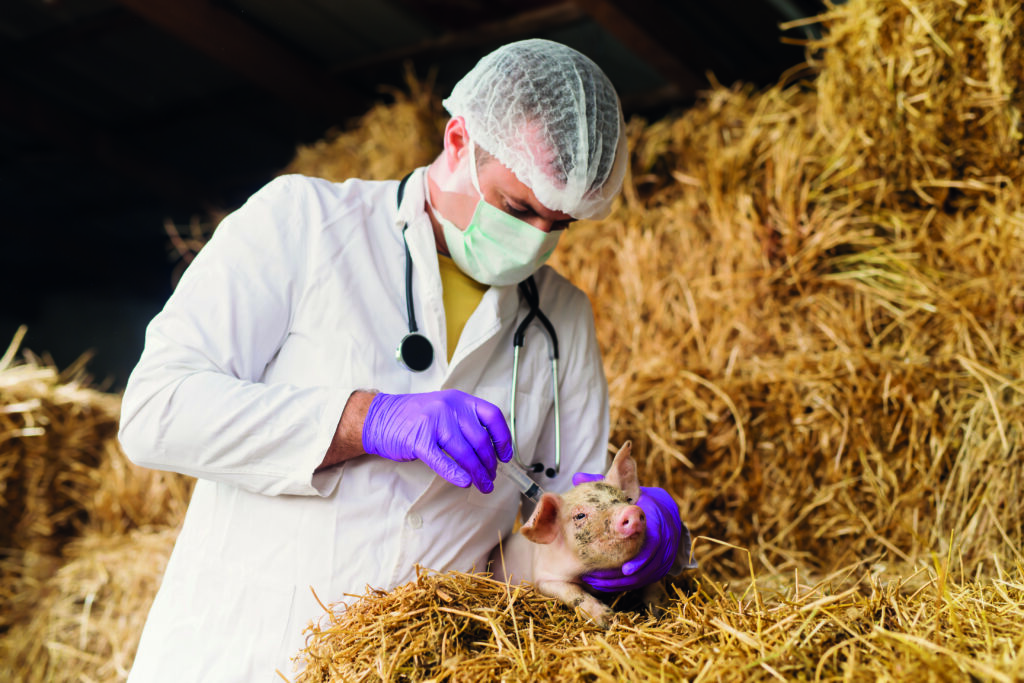We all agree we must use antibiotics responsibly, as antimicrobial resistance (AMR) is a reality we cannot get away from, writes Alasdair McLeod.
Reports that sales of pig-only antibiotic products fell by 24% in 2016 are hugely encouraging but this is the easy part, the equivalent of getting from 21 to 24 pigs/sow/year – the next six is the hard bit.
But no matter how much we reduce overall usage, it is likely we will soon be severely limited on what antibiotics we can prescribe and how we can use them.
The challenge we face is that neither pig behaviour, the health status of our herds, nor the buildings they live in will change just because someone has drawn a line. Problems will not go away overnight, but some of the resources we use to deal with them might.
The question I ask myself as a vet is: what will be left in my arsenal when the time comes?
I believe the answer is ‘loads’: probiotics, prebiotics and eubiotics, essential oils, phytochemicals and bacteriophages, formic acid, lauric acid, malic, citric or benzoic acid…
The problem is we do not have the experience with these products that we have with antibiotics. I will not turn to feed or water additives to cure disease (antibiotics are not going to disappear) but I will look to them to prevent or reduce clinical disease in animals in low challenge scenarios. We cannot use antibiotics as a crutch to achieve optimal herd performance, so we need to reduce infectious pressure and create low-challenge scenarios.
We know that all veterinary medicines undergo a strict approval process by the Veterinary Medicines Directorate (VMD) and the European Medicines Agency (EMA) to ensure they are safe to use, effective (backed up by field trials) and meet quality criteria.
Feed additives are authorised by the European Food Safety Authority (EFSA). They must be safe and not presented in a way that might mislead the consumer, but only need to do one of:
(a) favourably affect the characteristics of feed
(b) favourably affect the characteristics of animal products
(c) favourably affect the colour of ornamental fish and birds
(d) satisfy the nutritional needs of animals
(e) favourably affect the environmental consequences of animal production
(f) favourably affect animal production, performance or welfare, particularly by affecting the gastro-intestinal flora or digestibility of feedingstuffs, or
(g) have a coccidiostatic or histomonostatic effect.
I believe feed and water additives will play a huge role in the future of commercial pig farming but we need to experience them on-farm to see what works and in which conditions.
So I urge producers to keep an open mind and to push your nutritionist, your vet or your feed company to find the new star product and share the information and outcomes – the positive and not so positive – with the rest of us.
And make sure you get a good deal on it if you’re going to be the guinea pig!
Alasdair McLeod grew up on a pig farm in Spain and has been Garth Pig Practice’s Scottish-based vet since 2012




